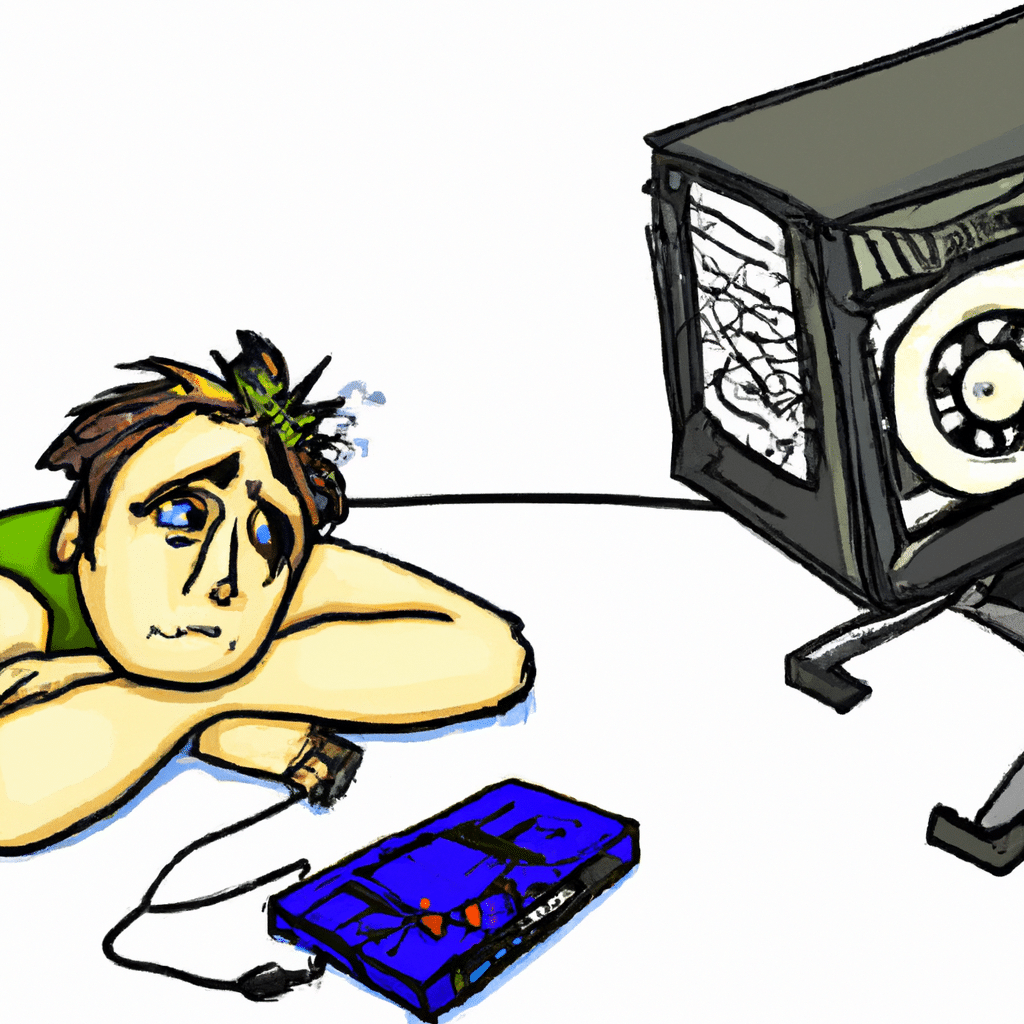If you are a gamer or a video editor, you know how important it is to have a graphics card that functions properly. However, graphics card issues can arise, and one of the most common is video output issues. In this article, we will discuss how to fix graphics card video output issues.

What Causes Graphics Card Video Output Issues?
Before we dive into how to fix graphics card video output issues, it is important to understand what causes them. The most common causes include:
1. Driver Issues
Graphics card drivers are essential for the proper functioning of your graphics card. If your drivers are outdated, missing, or corrupted, you may experience video output issues.
2. Overheating
Overheating is another common cause of graphics card video output issues. If your graphics card is overheating, it may shut down or display distorted images.
3. Power Supply Issues
If your power supply is not providing enough power to your graphics card, it may not function properly.
4. Hardware Issues
If your graphics card is damaged or faulty, you may experience video output issues.
Now that you understand what causes graphics card video output issues, let’s discuss how to fix them.
1. Update Your Drivers
The first step in fixing graphics card video output issues is to update your drivers. You can do this by going to the website of your graphics card manufacturer and downloading the latest drivers. Make sure to uninstall your current drivers before installing the new ones.
2. Check Your Temperatures
If your graphics card is overheating, it may cause video output issues. You can use software like HWMonitor to check your temperatures. If your temperatures are too high, make sure your graphics card is clean and that the fans are functioning properly. You may also want to consider adding additional cooling to your system.
3. Check Your Power Supply
Make sure your power supply is providing enough power to your graphics card. You can use software like HWMonitor to check your voltages. If your voltages are too low, you may need to upgrade your power supply.
4. Check Your Hardware
If none of the above solutions work, it may be a hardware issue. Make sure your graphics card is properly seated in the PCIe slot and that all cables are connected properly. You may also want to consider testing your graphics card in another system to see if the issue persists.
Conclusion
In conclusion, graphics card video output issues can be frustrating for gamers and video editors alike. However, by following the steps outlined in this article, you should be able to fix the issue and get back to gaming or editing. Remember to keep your drivers up to date, check your temperatures, ensure your power supply is providing enough power, and check your hardware. With these tips, you should be able to fix graphics card video output issues with ease.












